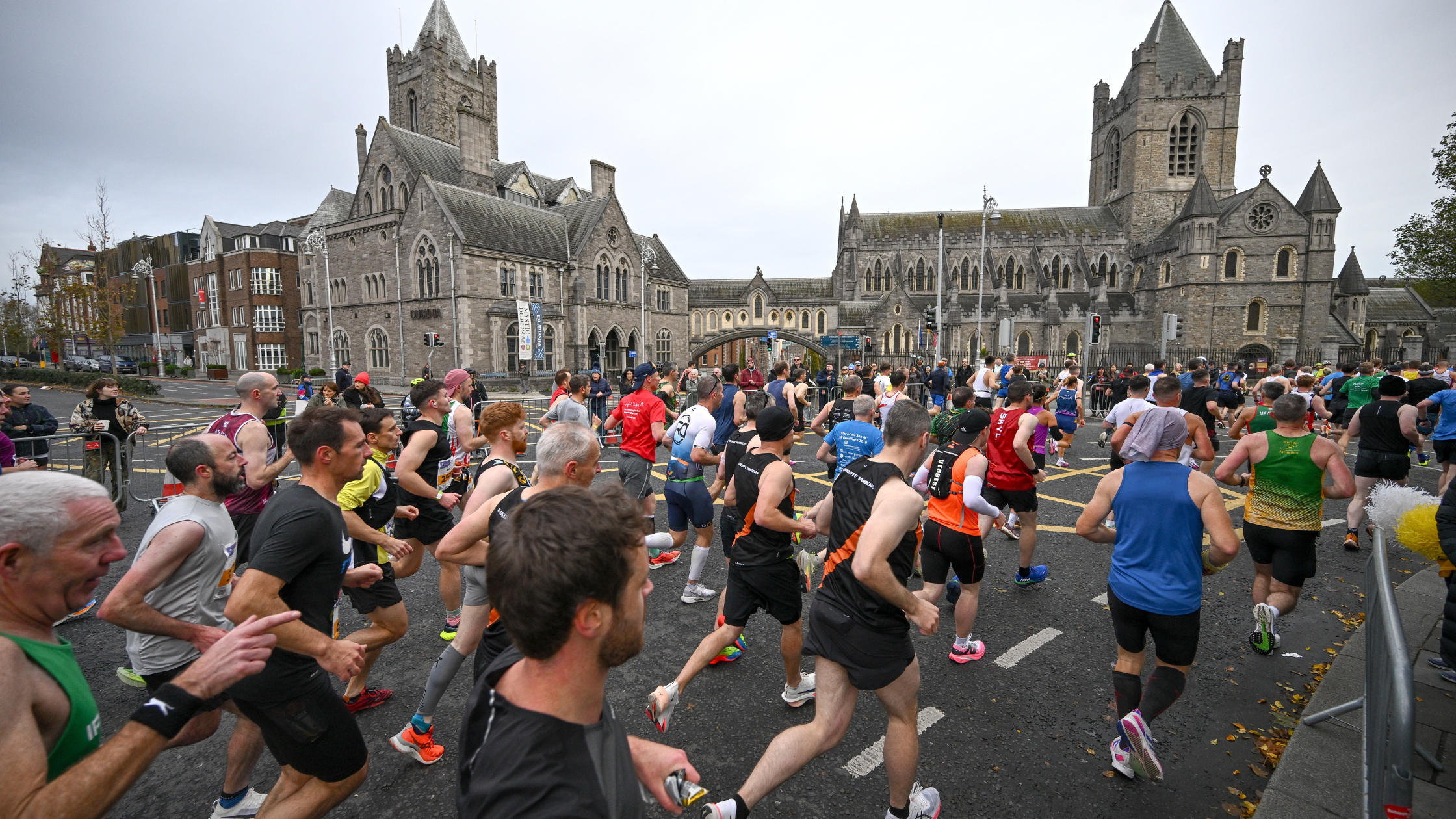Many running watches now come with heart rate monitors but should you be using one?
Although the data they provide can be perplexing at the best of times, heart rate monitors are a great tool to help you to run to effort rather than pace. Used correctly, they can ensure that you are getting the most ‘bang for your buck’ from your training.
In order to get the most out of heart rate monitor training you need to recognise that your heart is unique. There are numerous factors that affect heart rate including gender, age, body size, current fitness level and certain medications. Therefore you should never compare your data to that of others.
Heart rate training zones serve as parameters to guide you towards the optimal effort level for any given workout.
The beauty of a heart rate monitor is that it can give you permission to slow down or can function as an indicator that you’re not running hard enough. Heart rate training zones serve as parameters to guide you towards the optimal effort level for any given workout, whether it’s a recovery run or a hard session.
In an ideal world the most accurate way to determine heart rate training zones is to undergo physiological testing in a sports science lab, however for most runners this just isn’t practical.
The first step in calculating training zones is to roughly determine your maximum heart rate. There are several schools of thought on how to do this, with the best known method being to subtract your age in years from 220. However this method is now dated and is not hugely accurate. A method that yields more reliable results is:
For runners under 40: Maximum heart rate = 208 – (.7 x your age in years)
For runners over 40: Maximum heart rate = 205 – (.5 x your age in years)
Once you’ve estimated your maximum heart rate you can then use the following heart rate training zones to optimise your training.
1. Recovery zone – 60-70% maximum heart rate
Training in this zone is where the fundamental physiological adaptations needed for improved endurance take place. You improve the ability of the heart to pump blood and improve the muscles’ ability to use oxygen. At this intensity the body learns to spare glycogen and metabolise fat as a source of energy. Any training in this zone should feel very comfortable effort-wise. Use it for recovery runs as well as warm up and cool downs.
2. Aerobic zone 70-80 per cent maximum heart rate
This is the zone in which the majority of your training should be carried out and is the most effective for improving your overall cardiovascular endurance. In this zone you improve your body’s ability to deliver oxygen and to remove carbon dioxide to and from the working muscles.
3. Anaerobic zone – 80-90 per cent maximum heart rate
Training in this zone will improve your lactate threshold and therefore the speed at which you can run before lactate starts to accumulate more rapidly in your blood. The effort in this zone should feel ‘comfortably hard’. You should be able to talk in broken sentences or give three to four word answers.
4. VO2 Max or red line zone 90-100 per cent maximum heart rate
Training in this zone is only possible for short periods of time due to the high intensity. Your body uses predominantly glycogen for fuel and recruits mainly fast twitch muscle fibres as it targets the anaerobic energy systems. Interval training falls into this zone and should generally only be done once or twice a week due to the demands it places on the body and the recovery required.
Limitations of heart rate training
It’s important to consider that there are limitations when using a heart rate monitor to help gauge your effort and you shouldn’t get sucked into ‘paralysis by analysis!’ A reduction in heart rate at any given intensity in theory should be a sign of improved fitness. However, there are several factors that are completely independent of fitness that can cause fluctuations in heart rate: Dehydration decreases your blood volume and therefore your heart has to work harder to pump blood, thus increasing your heart rate.
- Heat and humidity can increase heart rate by around 10 beats per minute.
- Altitude can elevate heart rate at any given intensity, even when you are acclimatised.
- Biological variation can mean that heart rate can vary slightly from day to day.
- You may experience interference from other machines in the gym, other heart rate monitors, cars or even electricity pylons.















